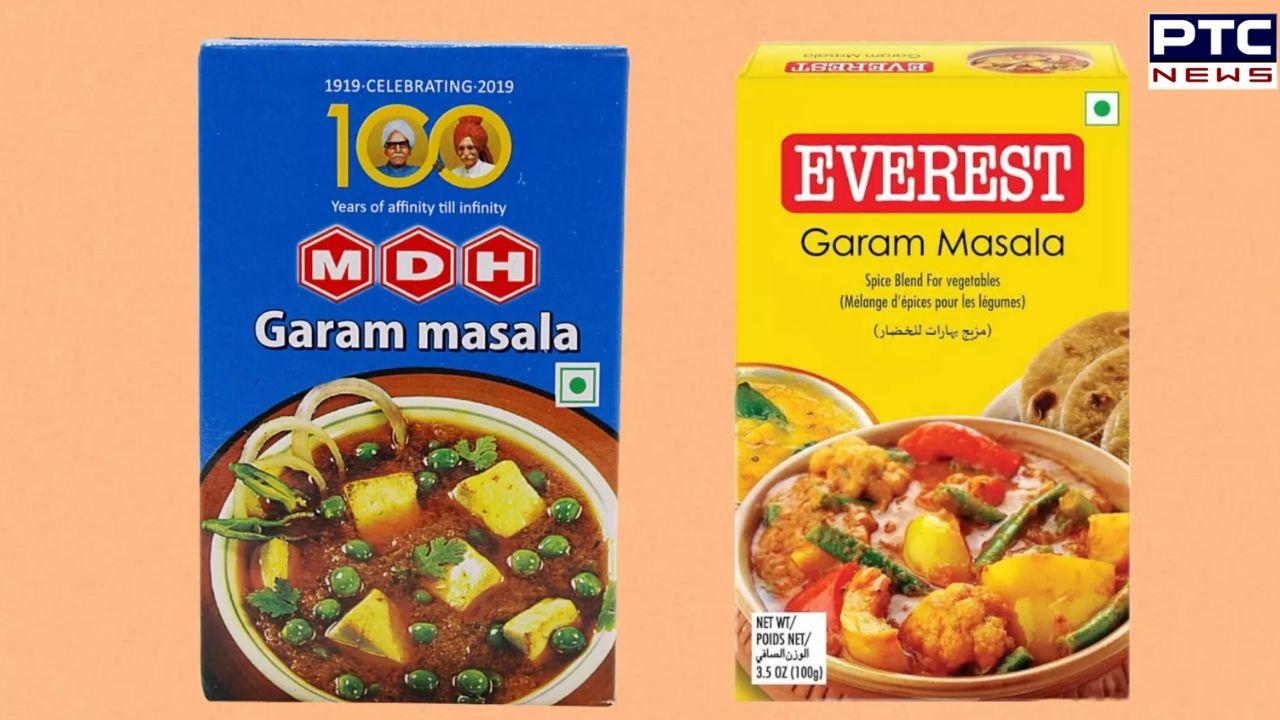

FSSAI addresses media allegations of elevated pesticide residue in Indian herbs and spices
PTC News Desk: In response to recent media coverage alleging higher pesticide residues permitted in herbs and spices, the Food Safety and Standards Authority of India (FSSAI) has vehemently refuted these claims.
Labeling the reports as "false and malicious," FSSAI emphasized India's adherence to stringent standards regarding Maximum Residue Limits (MRLs) for food items. The authority clarified that MRLs for pesticides are established based on rigorous risk assessments, varying according to different food commodities.
Pesticide regulation in India falls under the jurisdiction of the Ministry of Agriculture and Farmers Welfare (MoA and FW) through the Central Insecticide Board and Registration Committee (CIB and RC), established under the Insecticide Act of 1968.
The recent scrutiny follows a ban imposed by Hong Kong's food regulator on specific spice blends from two prominent Indian brands, MDH and Everest, due to purported traces of the pesticide Ethylene Oxide found in their samples. Furthermore, the Singapore food regulator issued a recall for a spice product from the Everest brand.
The CIB and RC oversee the production, importation, transportation, and storage of pesticides, with the authority to register, ban, or restrict them as necessary. FSSAI is currently procuring samples of branded spices, including those from MDH and Everest, sold domestically, to ensure compliance with quality standards. However, it's crucial to note that FSSAI does not regulate the quality of exported spices.
The Union Health Ministry emphasized that maximum residue limits vary for different food products based on individual risk assessments.
Dismissing claims of FSSAI allowing ten times more pesticide residue in herbs and spices, the ministry highlighted India's stringent standards of MRLs, developed through comprehensive risk assessments. The process involves the FSSAI's scientific panel on pesticide residues examining data provided by CIB and RC and recommending MRLs accordingly, considering dietary consumption patterns and health concerns across various age groups.
Moreover, pesticides are registered for different food commodities with varying MRLs based on risk assessment data. For example, Monocrotophos usage is permitted with different MRLs for crops such as rice, citrus fruits, coffee beans, and cardamom.
The ministry clarified that the MRL of 0.01 mg/kg was applicable only in cases where MRLs had not been established, and this limit was increased to 0.1 mg/kg solely for spices for which certain pesticides were not registered in India by CIB and RC. This adjustment was recommended by the Scientific Panel on Pesticide Residues, considering the adoption of MRLs by the Codex Alimentarius Commission on Pesticide Residues for various spices worldwide during 2021-23.
- With inputs from agencies
